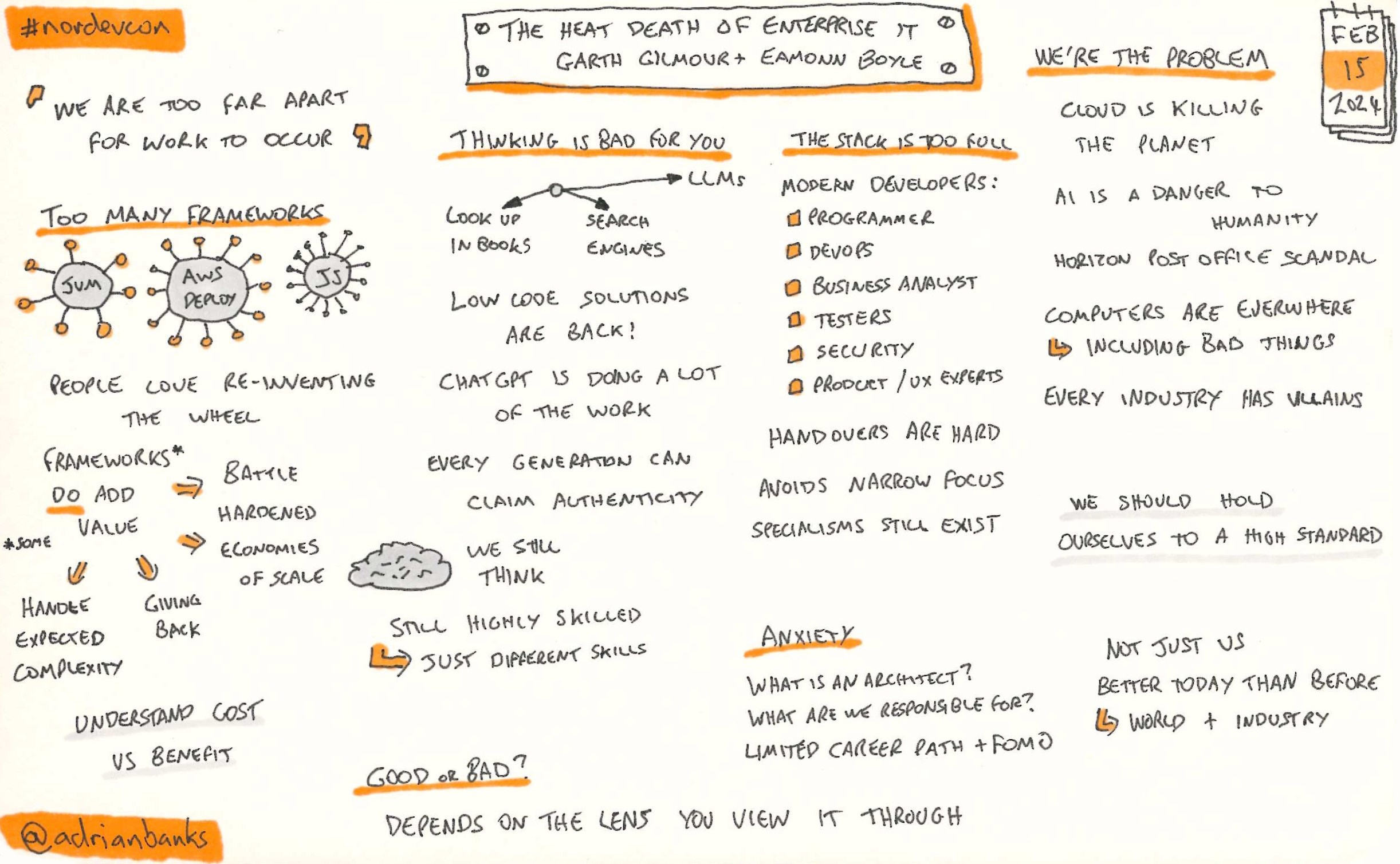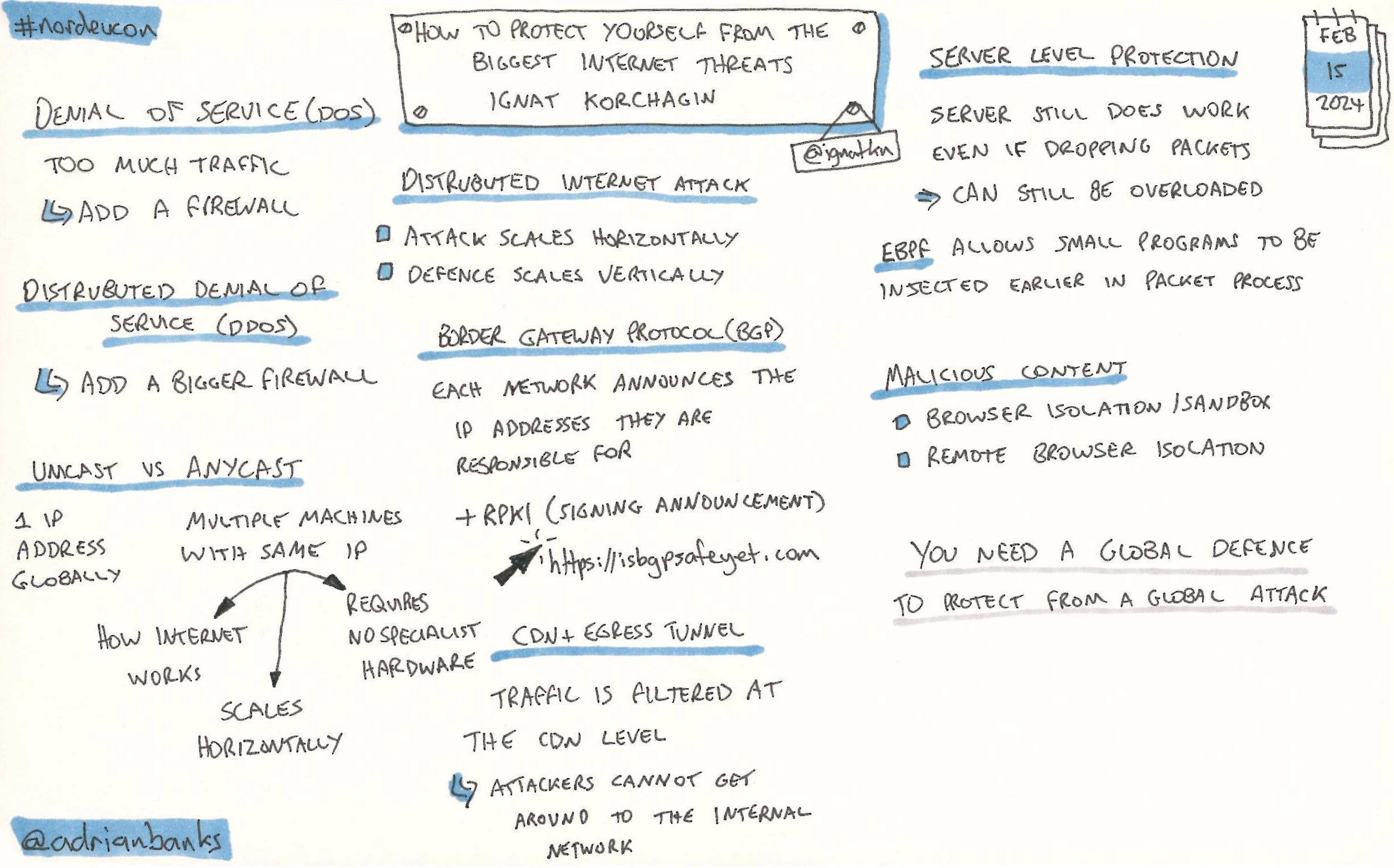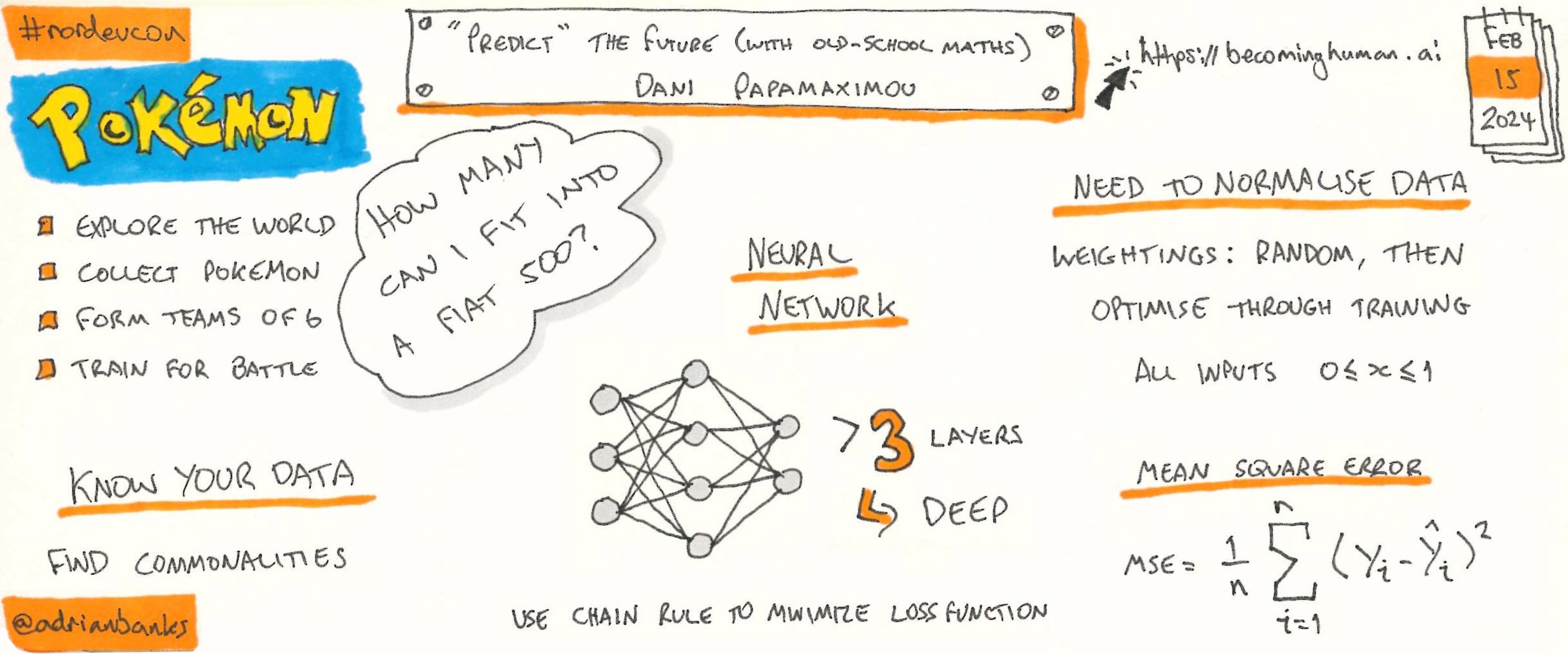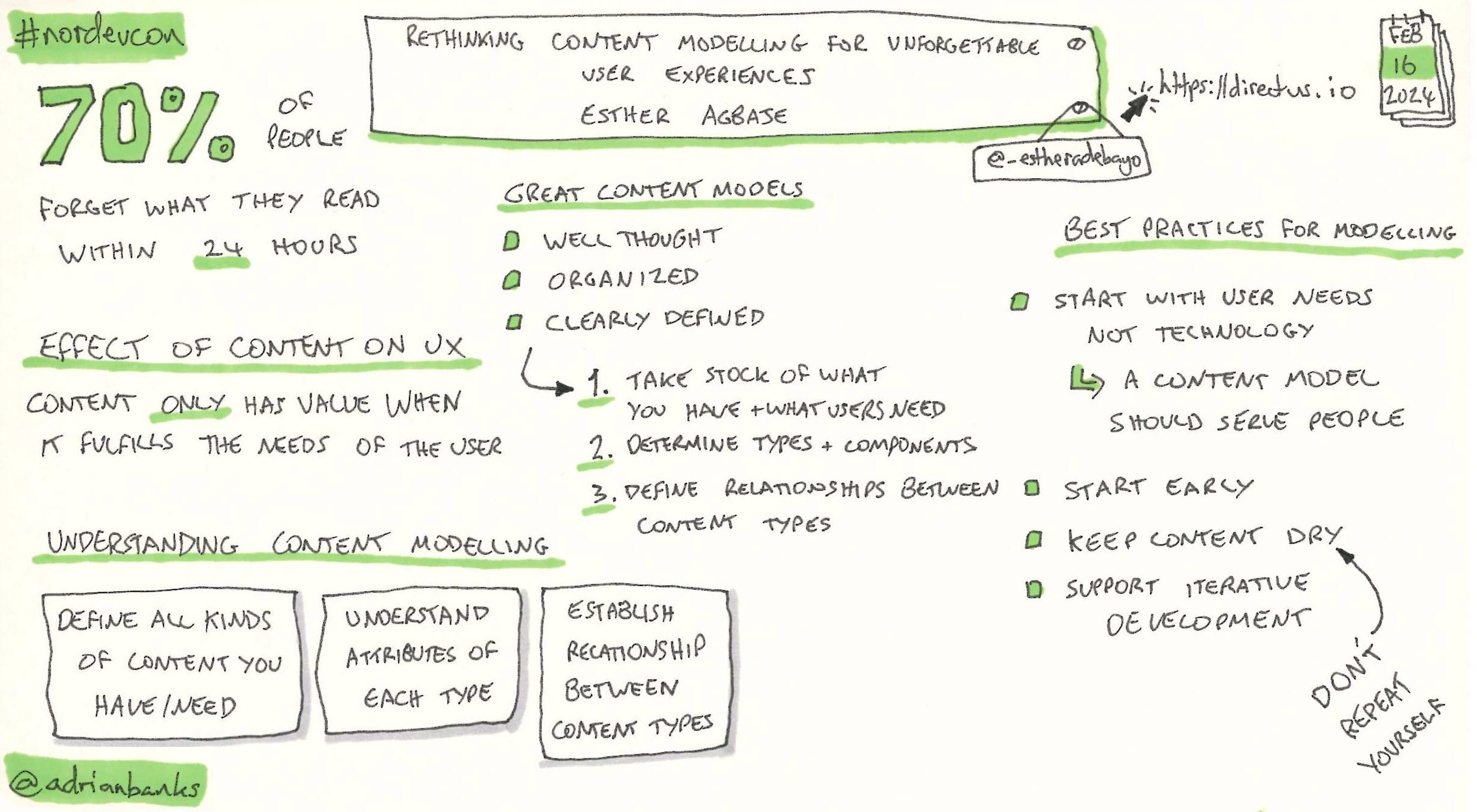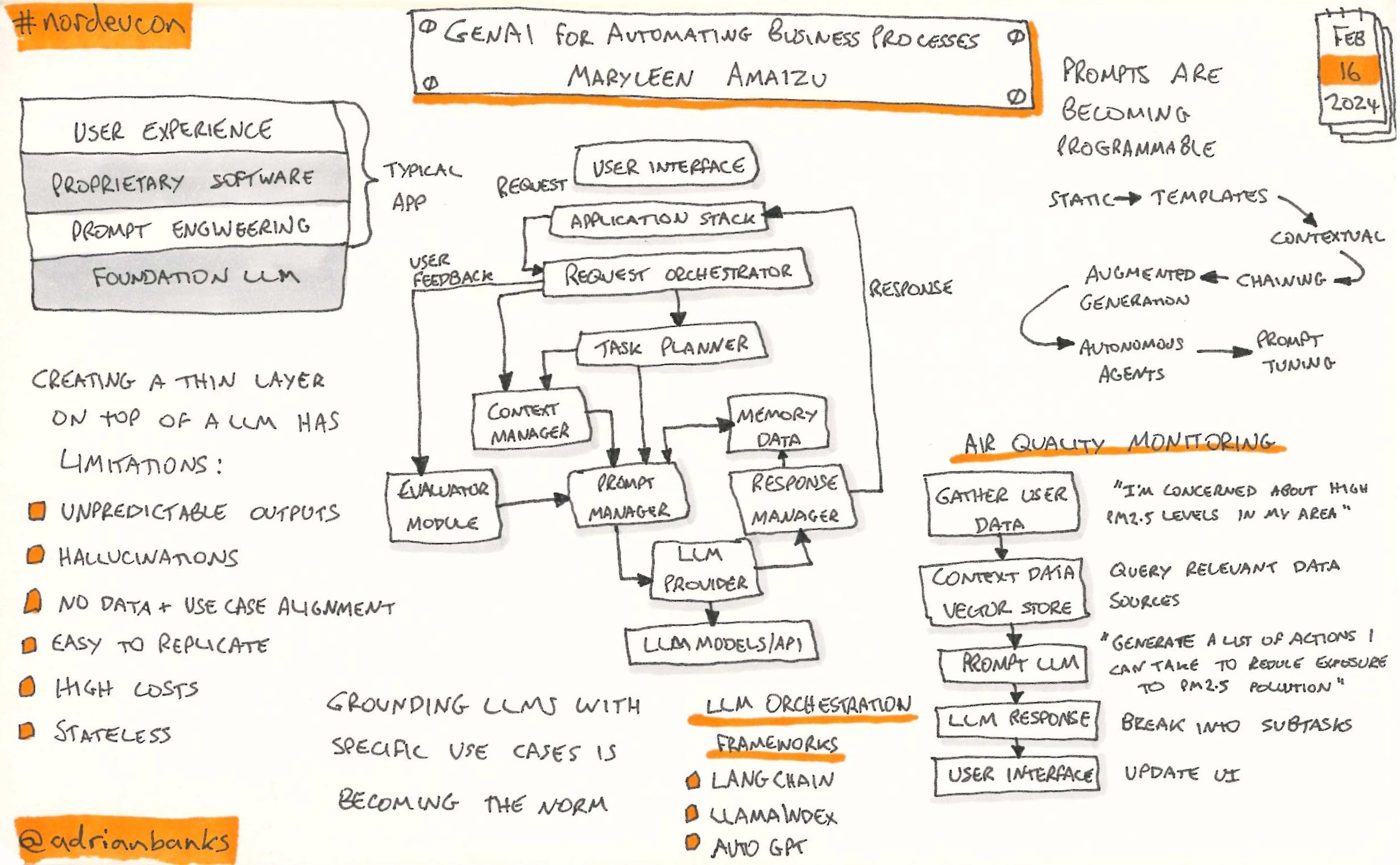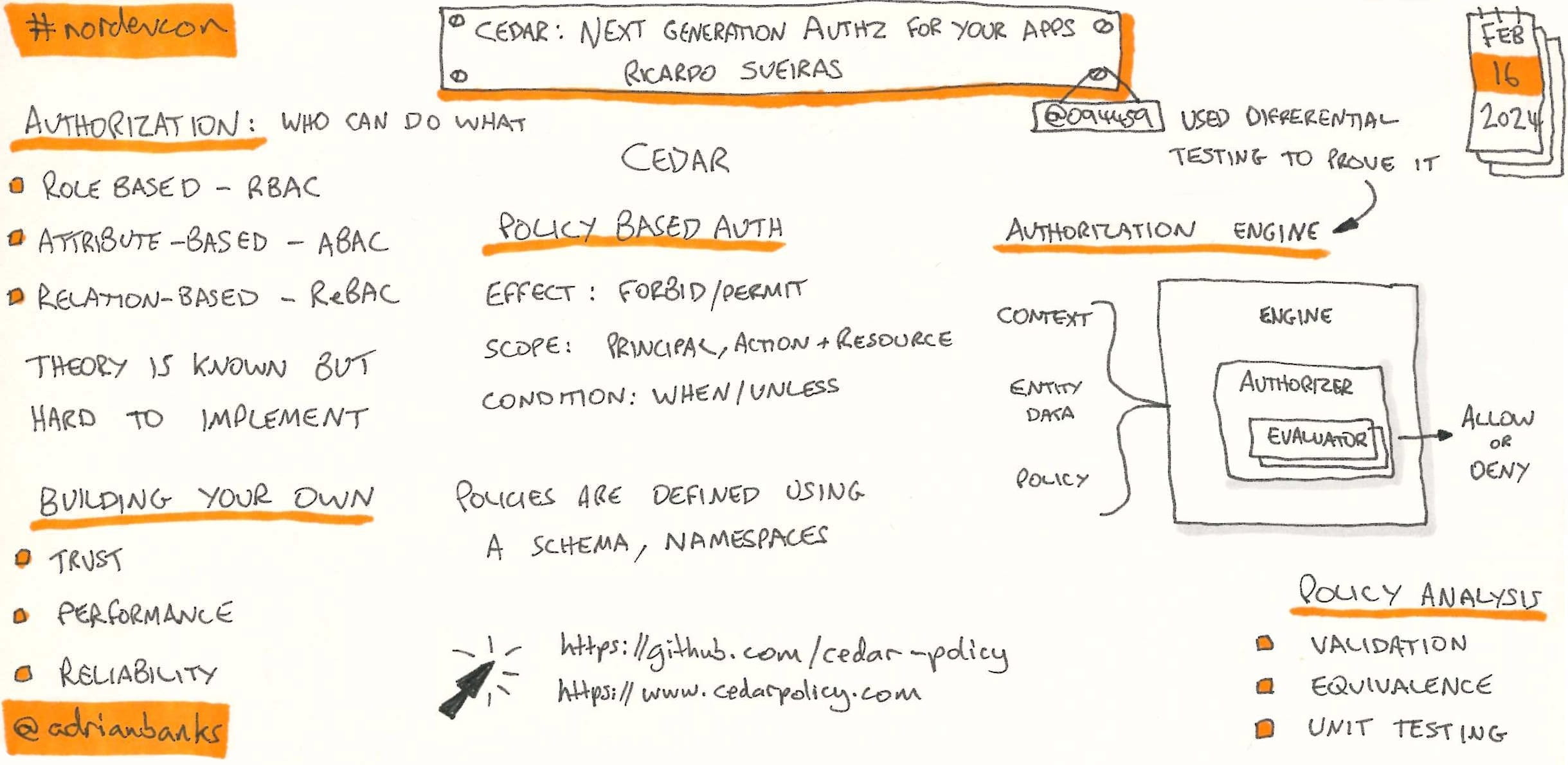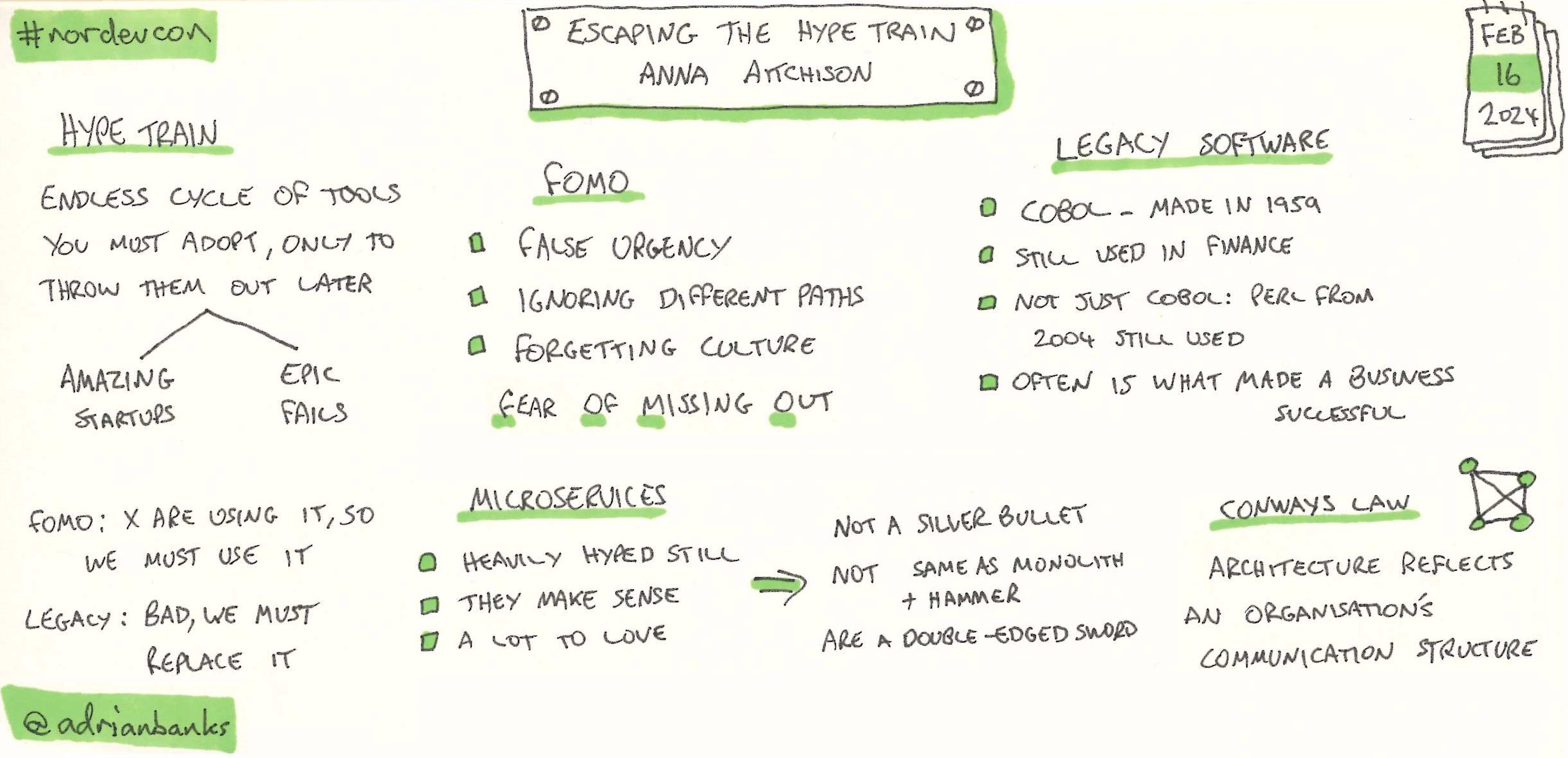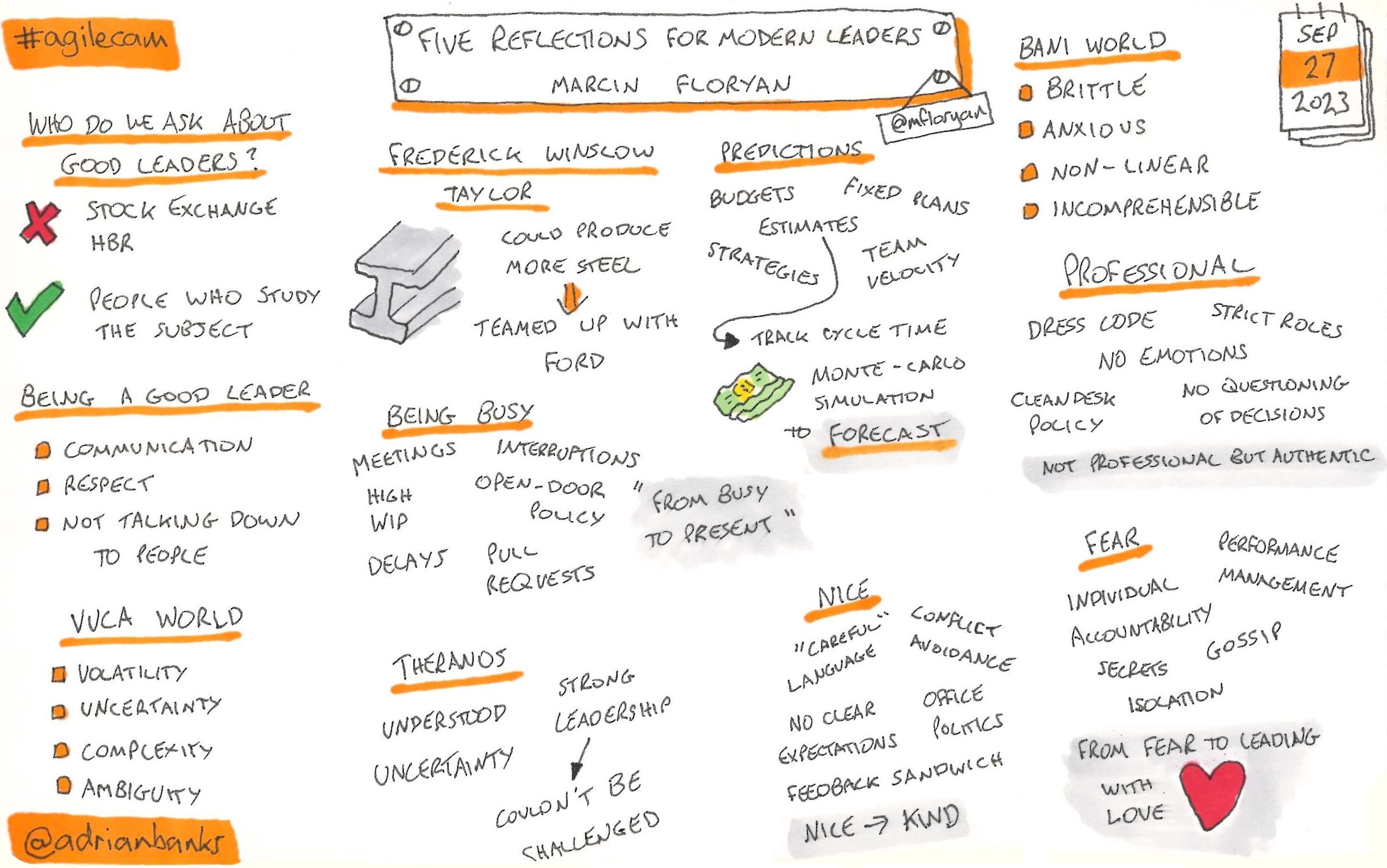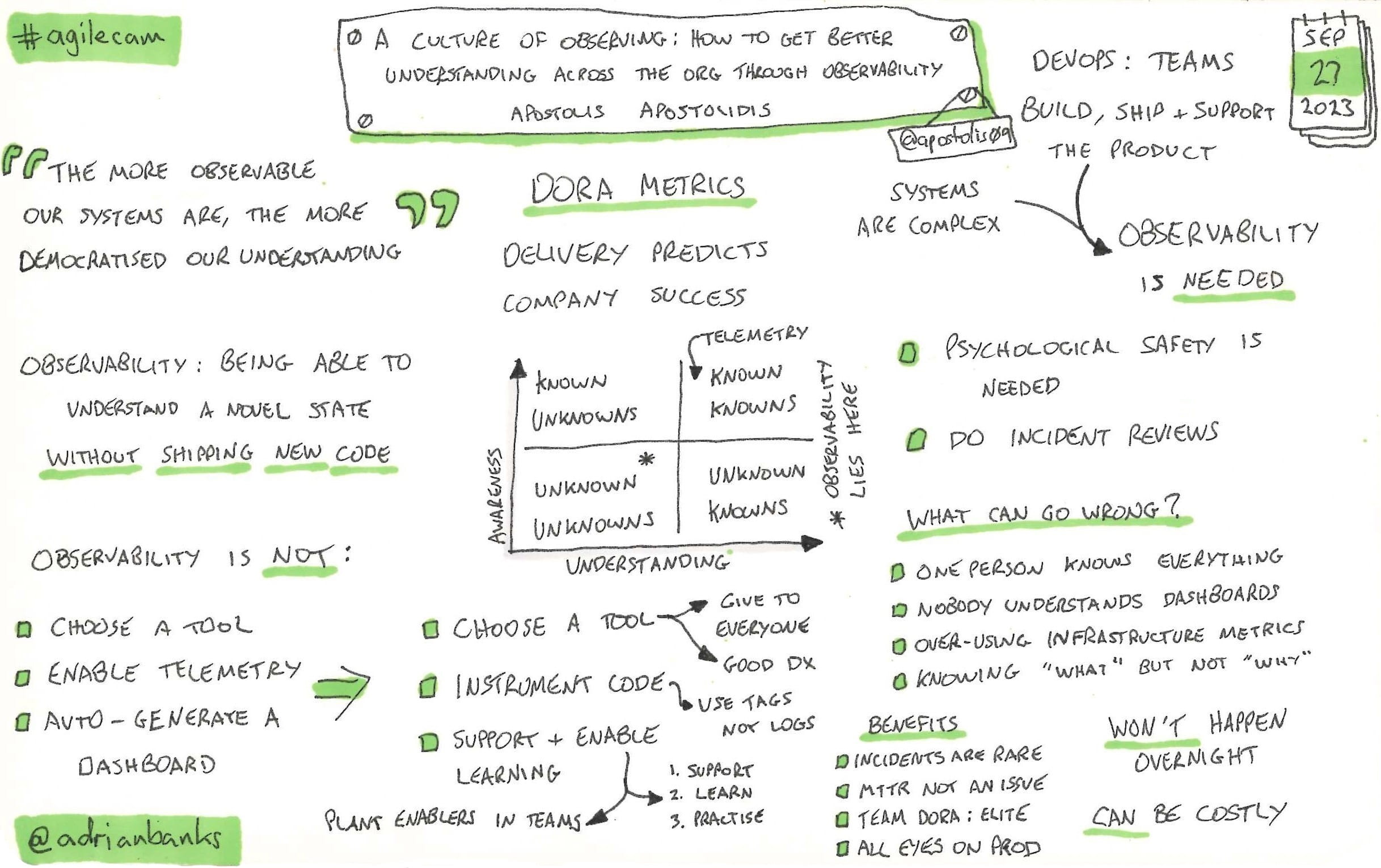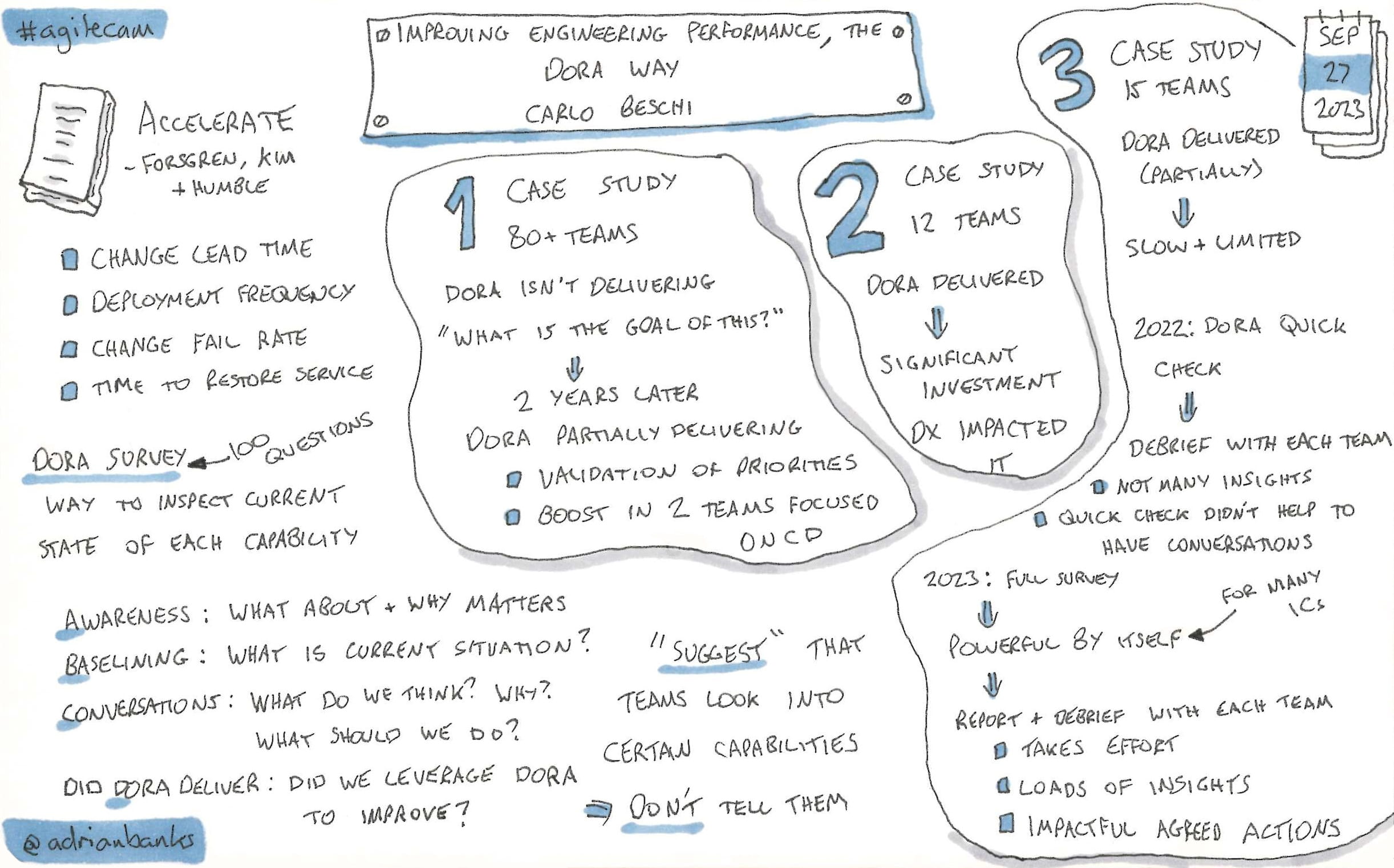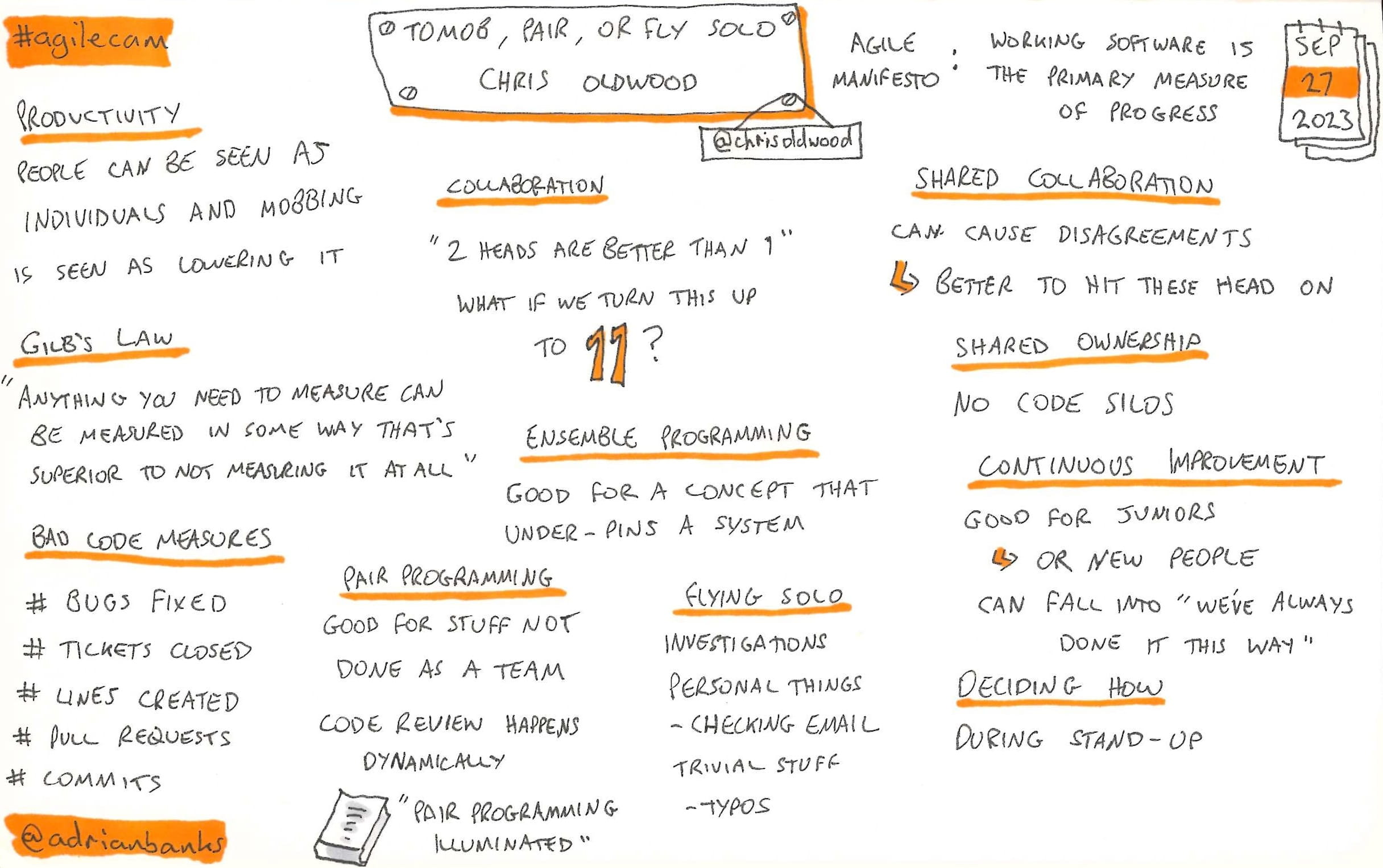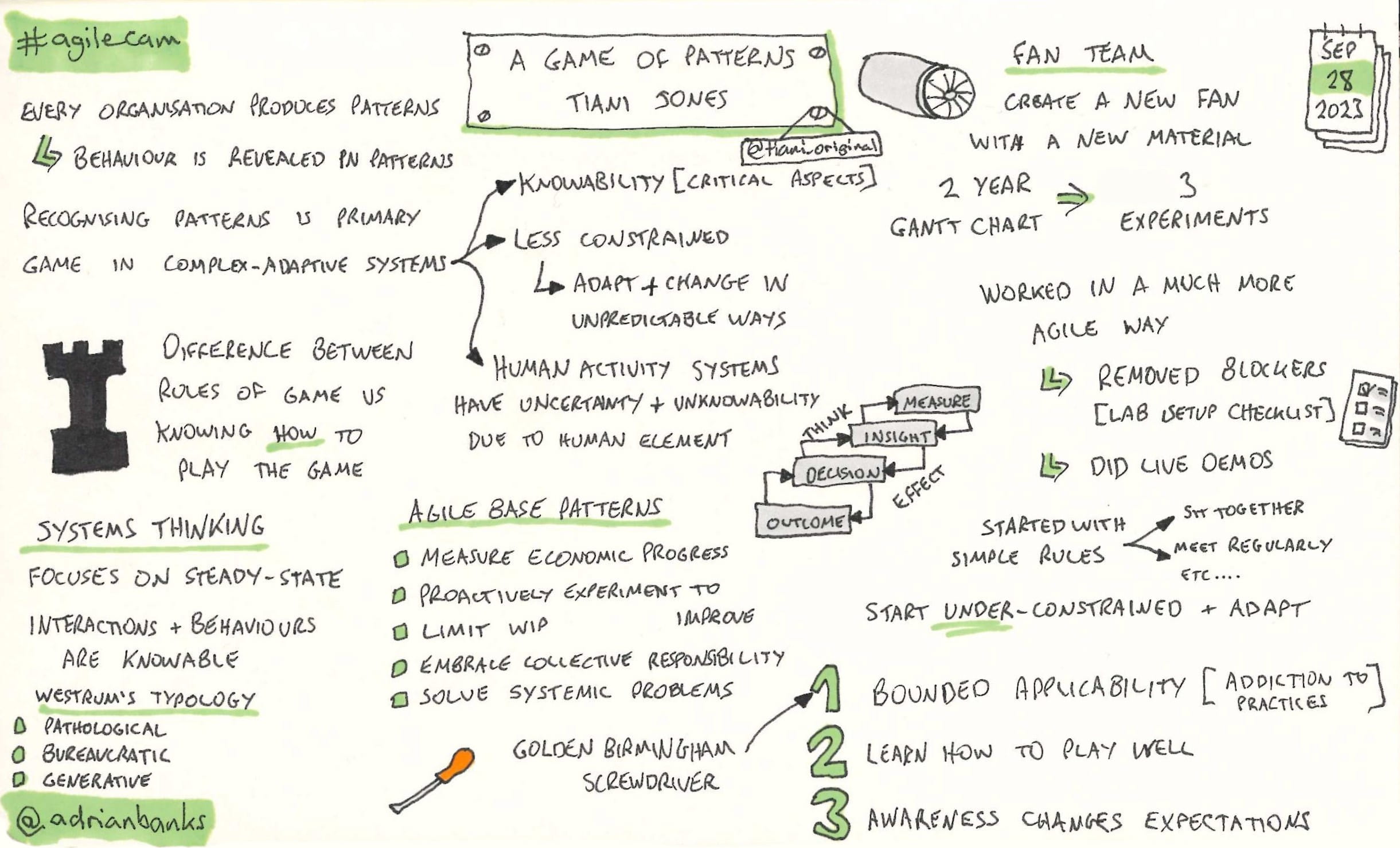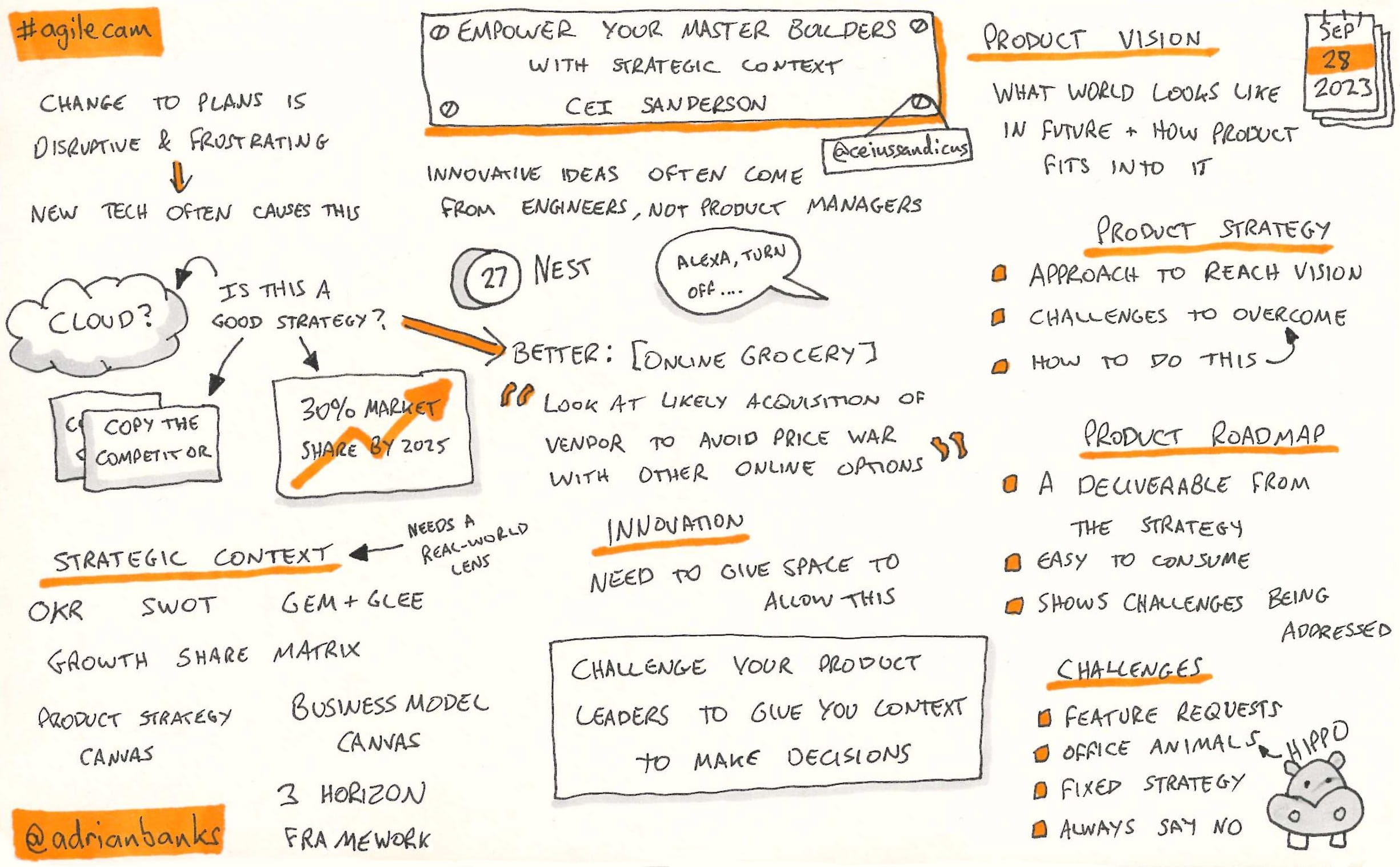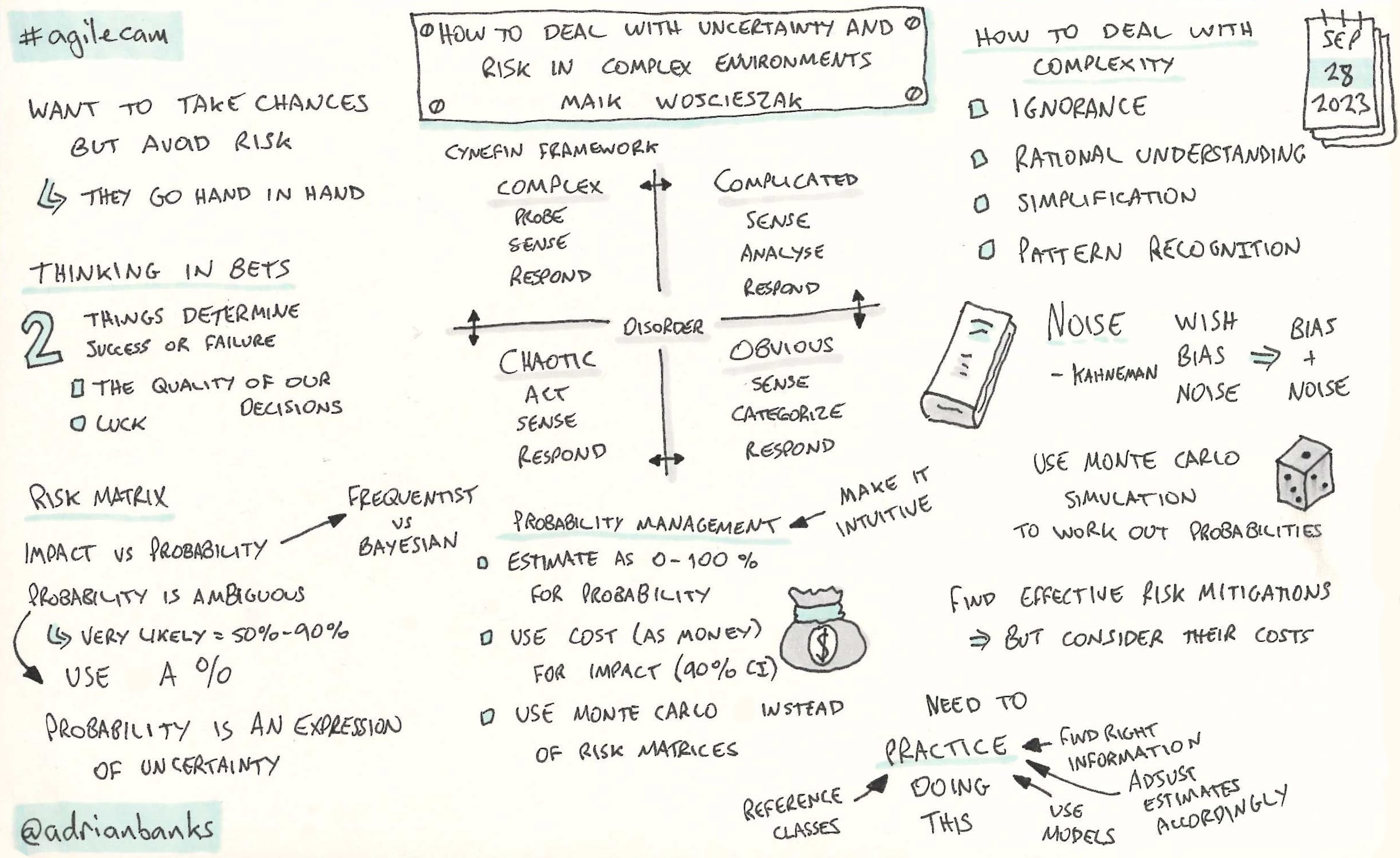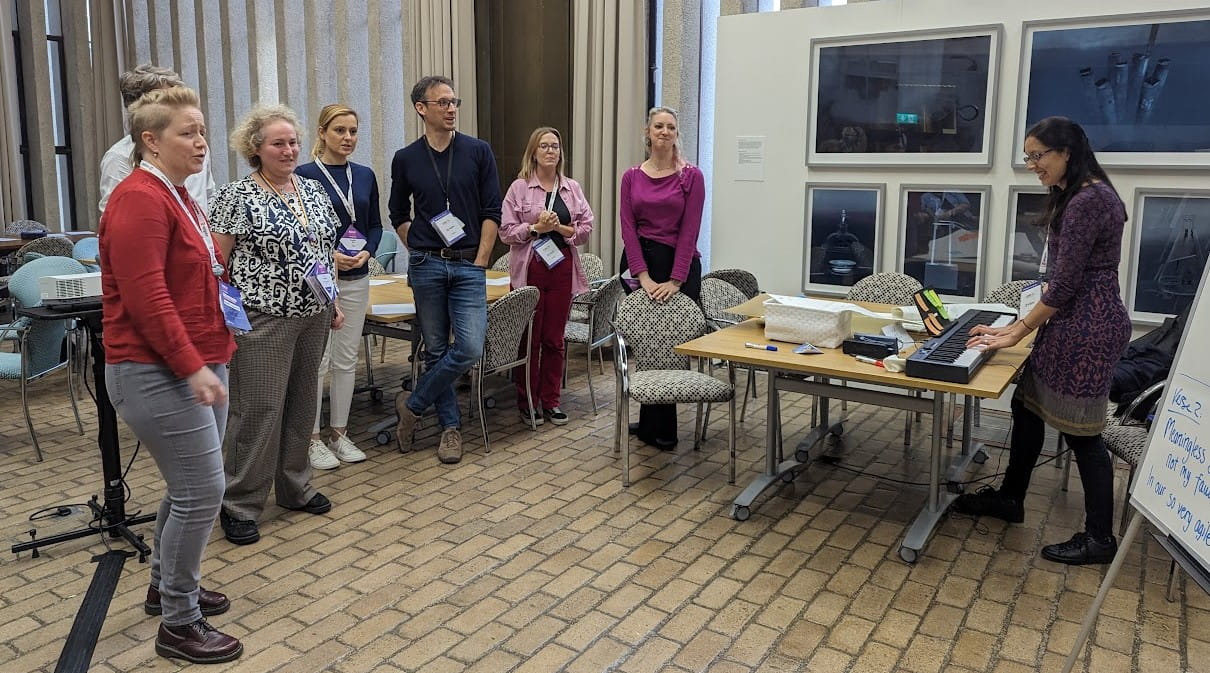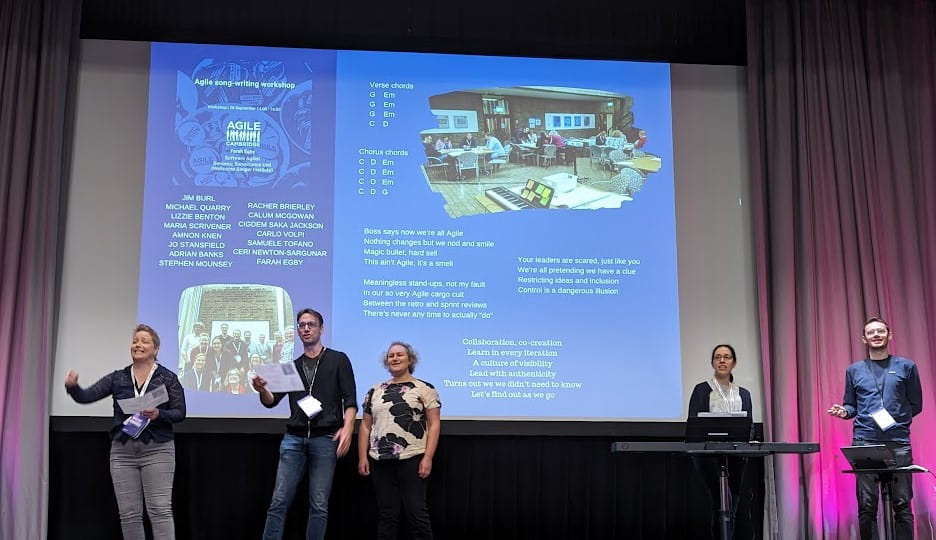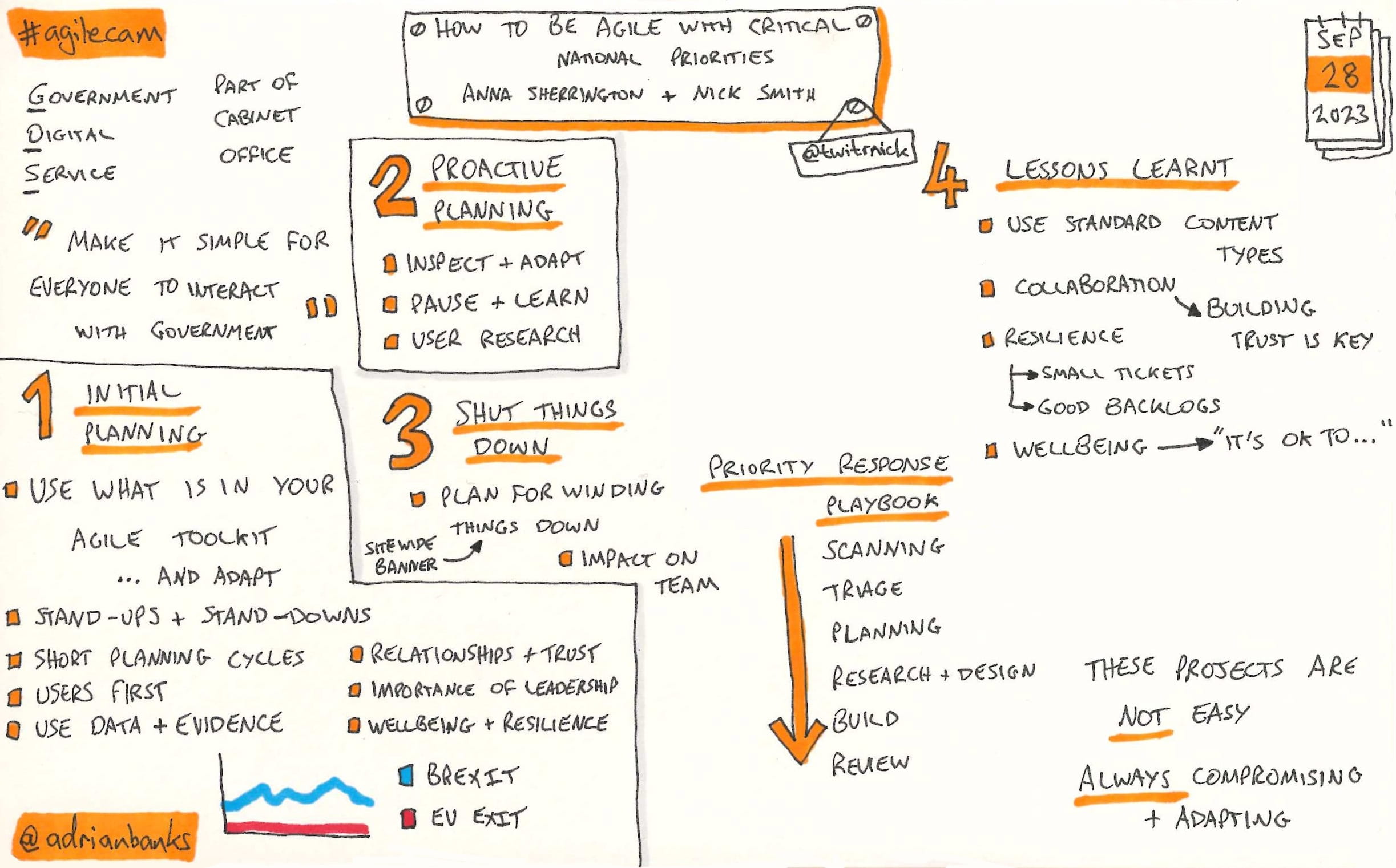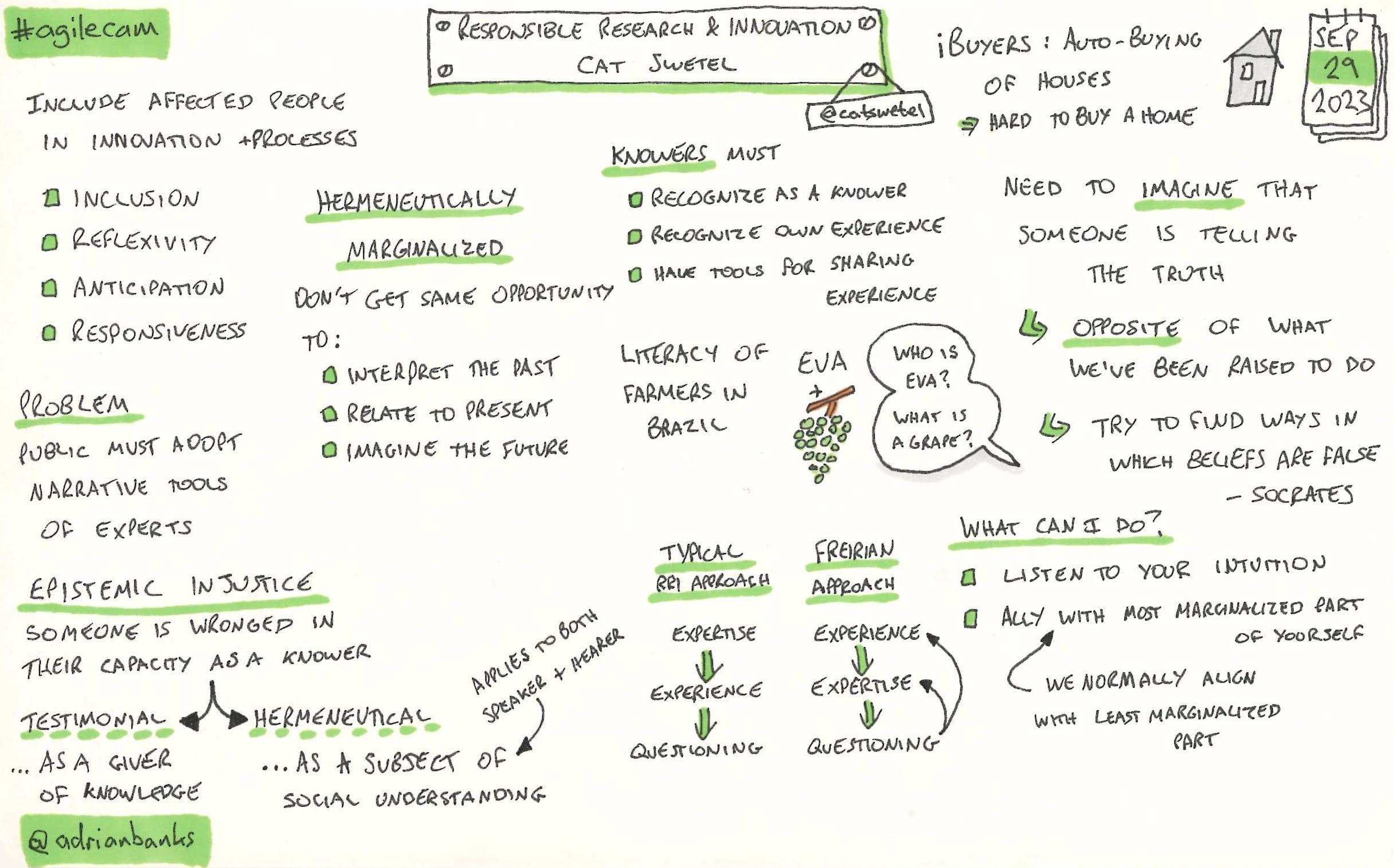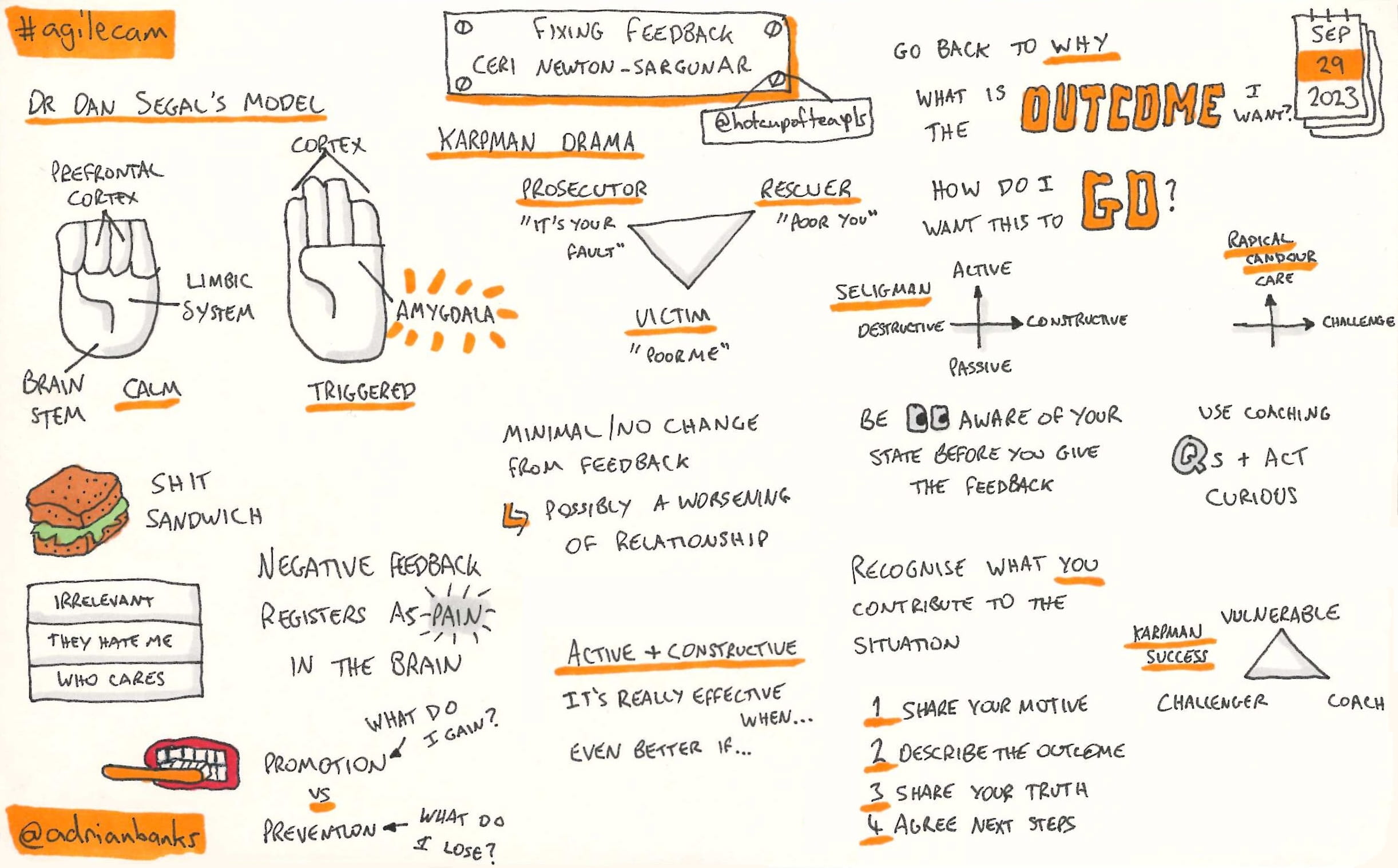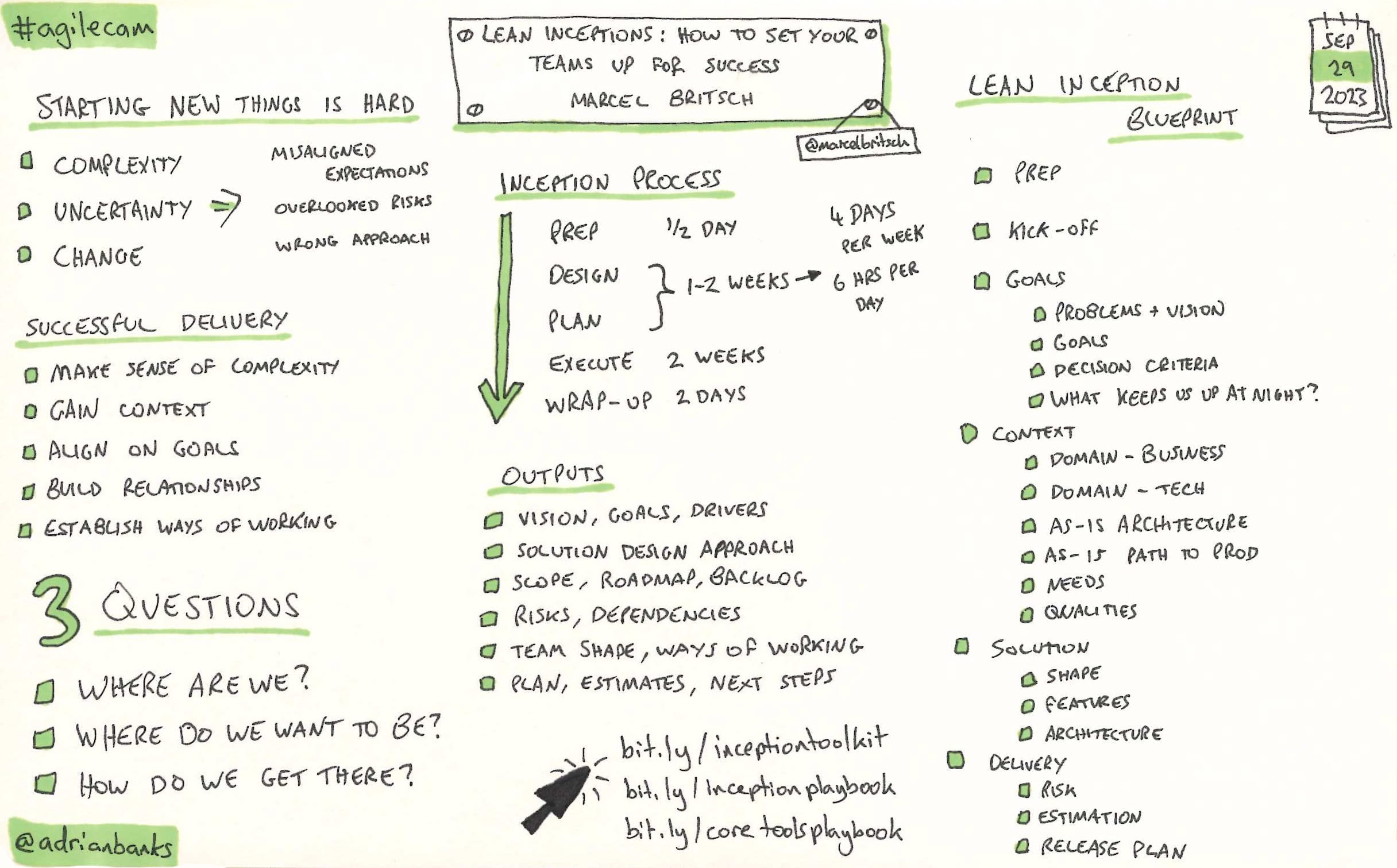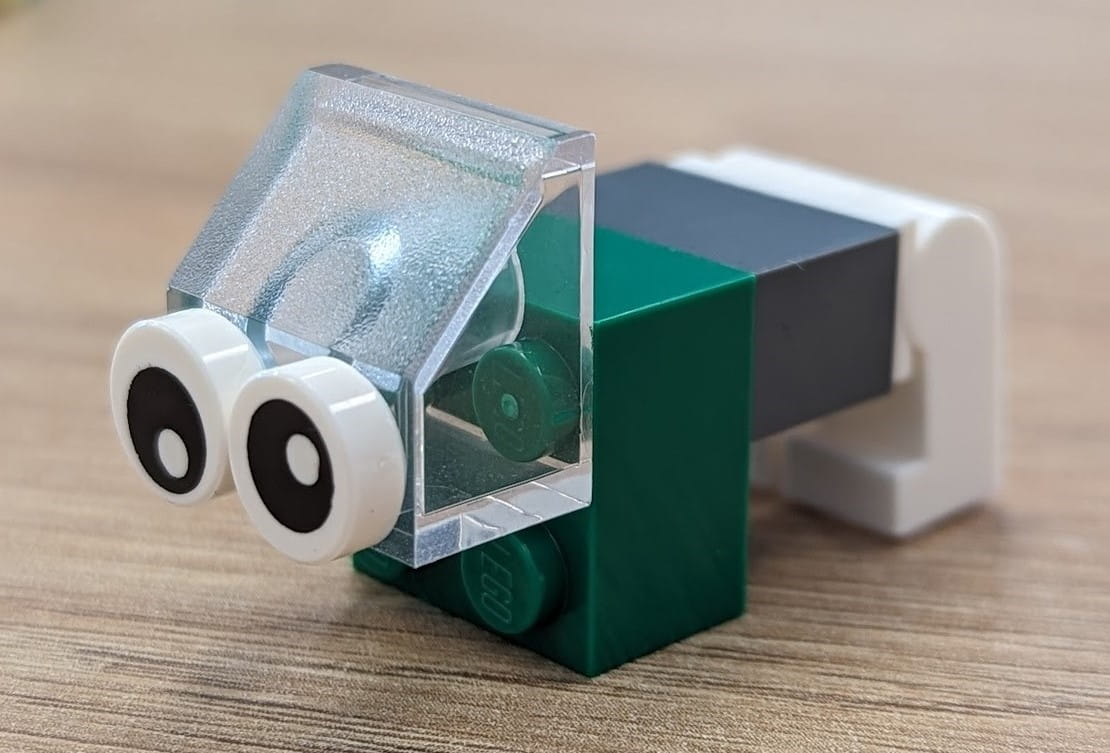DDD South West 13
As is becoming customary each April, I did my annual trip to DDD South West last weekend. Another really good event.
Surviving Complexity Through Software Design
Modern Software Architecture Review Best Practices
by Steven Read
Why Am I Being Such A Git About Best Practices?
A Developers Guide To Getting The Most Out Of Containers
Mutation Testing
Let’s Ship This Thing!
StaffPlus London 2024
After previously attending last year’s inaugural event, I recently went back to StaffPlus London. This year was compèred by Suhail Patel, one of the speakers from 2023.
Influencing Through Getting Your Carrots In A Row
Architecting For Scale And Simplicity
by Segun Viktor Orekoya
Deming’s Wisdom For Staff+ Engineers: A Modern Take On Timeless Principles
Filling The Void: Operating As A Staff Engineer In A Leaderless Scope
by Sami Farhat and Guillaume Mazollier
Doing “The Most Important Thing” Is A Trap
Letting The Best Ideas Win
by Tristan Heal
Sunsetting Legacy: Navigating The Shop Merchant Eligibilty Data Pipeline Migration
Navigating Complex Projects: Finding The Right Mode Of Operation
Understanding Complex Systems Without Simplifying Them
by Rita Sodt
Have AI Got News For You
Is Staff Engineering Valuable At A Small Company?
Fitness Functions: Creating Consistency Across 100s Of Services
DDD South West 12
I attended the latest DDD South West last weekend. It’s become one of my favourite of the DDD events, partly because of the venue and the relaxed feeling of the conference, but also because of Bristol - one of my favourite cities in the UK.
#FAIL
Confident Communication For Developers
by Aaron Green
An Above Average Tech Ecosystem
Celibrate You’re Misteaks
Debugging: More Than Breakpoints And Log Analysis
Rest, gRPC, GraphQL Or Asynchronous Messaging
nor(DEV):con
I was at nor(DEV):con a few weeks ago. It’s the first time I’ve been to this event, event though it’s fairly local to me and has been running for many years.
The Heat Death Of Enterprise IT
by Garth Gilmour & Eamonn Boyle
How To Protect Yourself From the Biggest Internet Threats
Introduction To Property Based Testing In (Mostly) C#
Predict The Future (With Old-School Maths)
Authentic Storytelling
by Elle Overvoorde
Rethinking Content Modelling For Unfogettable User Experiences
GenAI For Automating Business Processes
The Erosion Of Consumer Ownership: From Posession To Subscriptions
Cedar: Next Generation Authz For Your Apps
Escaping The Hype Train
Agile Cambridge 2023
Last week, I spent a few days at Agile Cambridge. I’ve been to this conference once before back in 2014, where I gave a talk on whether agile can work for off-the-shelf software. I was also speaking this year, but about “Tracking the Unmeasurable with OKRs”. Overall, it was an enjoyable conference as it gave me time away from code, and enough headspace to think about the processes involved in writing software without the details of the tech used to do it.
Five reflections for modern leaders
A culture of observing: how to get better understanding across the org through observability
Improving engineering performance, the DORA way
To mob, pair, or fly solo?
A game of patterns
Empower your master builders with strategic context
How to deal with uncertainties & risk in complex environments
Agile song-writing workshop
by Farah Egby
Something about the title of this workshop drew my attention, and always willing to try something new and to step out of my comfort zone, I went along. In the 90 minute session, a group of about 12 wrote and performed an original song, inspired by our love/hate of agile. We did this by first decomposing the song into its constituent parts (a chorus and three verses). We collectively worked on the chorus, which would have an uplifting feel to highlight the positives of agile. We then split into three groups, where each group worked on a different verse. After several minutes, we rotated to iterate on the verse created by a different group. We did this again until each group had worked on all three verses.
It was now time to put the lyrics to a melody. Farah had come pre-prepared with a chord progression and some suggeted styles, so we didn’t have to start completely from scratch. After a few false starts, a melody started to emerge. It wasn’t long before we had our completed masterpiece.
It was an interesting idea for a session, and one which I enjoyed taking part in. The following day, some of our group performed the song on stage in the welcome session at the start of the day - I chose to offer moral support from the audience.
How to be agile with critical national priorities
by Anna Sherrington & Nick Smith
Responsible research and innovation
Fixing Feedback
Lean inceptions: how to set your teams up for success
Unleashing the transformational power of play. With Lego. Seriously
For my last session of the conference I chose to attend Robb’s session. I mainly chose this because it involved Lego, something which I have had a strong interest in since I was a child. Robb showed how using a small set of just 50 Lego pieces, insights can be discovered to aid with the coaching process. It was also fun to build some simple models as the workshop progressed, including one challenge of “build a tower with you in it”. We also got to keep the Lego at the end of the session :)

























